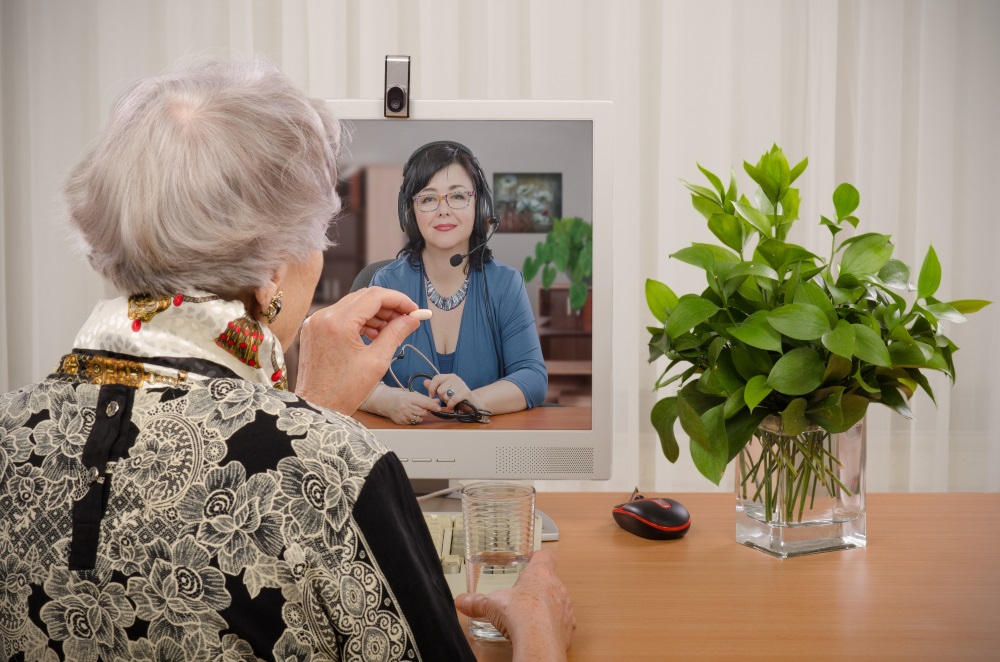In the final stages of our lives, there are many things that evidently are part of the natural history of health and sickness to every human being. While this is true, there’s also the fact that many of these diseases make the quality of life for these patients a lot poorer than what it should be. From physical frailty to neurocognitive disorders, passing through respiratory, cardiovascular and gastroenterological diseases, elders can really have a hard time each and every day of their lives, but how can technology help them? How can Augmented Reality provide assistance to the elderly?

First of all, there are many elderly people that face being alone in their houses and are fully functional. But, when neurocognitive diseases start developing on them, certain things are more difficult; their day/night cycle is altered, there is the inability to detect hazardous materials in their own houses, and a failure to recognize their own limitations can occur (their minds could travel back twenty years and, sadly, they forgot to use their cane). These are just some of the issues older adults face once they are stricken by a neurocognitive disorder.

Augmented Reality could help by serving as a monitoring device, one that would keep daily tasks and alarms set up in an easy and practical interphase for patients to interact with and help one from being burdened with so much to keep track of. It could also serve as an alert for the patient’s physician or relatives when something is not right. Sure, this could be perceived as an invasion to the patient’s privacy, but reporting smaller things such as leaving the kitchen stove on or other safety hazards could prove invaluable.

Also, continuous neurocognitive evaluation could help older patients (altogether with family and physicians) in their daily life. This could be enabled through systems we already reviewed at ARinMED for Parkinson’s disease (which you can take a look HERE, HERE and HERE), but also for other diseases such as Alzheimer’s. Windows Holographic, Microsoft’s vehicle for Mixed Reality, seems like the perfect solution to enable a system that allows older adults to stimulate short term memory and spatial memory, keeping track of the evolution of the patient too, with tests like the Mini Mental State Evaluation (MMSE), or Mini Cog. There are even FDA-approved computer tests that could be adapted to AR/MR easily such as Cantab Mobile, Cognigram, Cognivue, Cognision and Automated Neuropsychological Assessment Metrics (ANAM) devices.

Older patients also find themselves at odds when moving to a nursing home or a hospice when they cannot be taken care of by their relatives. At these establishments, personnel changes often, but if they could provide a portable information system for every nurse/caregiver to keep during shifts, it could inform the staff about the pathologies and conducts of the patient, in turn helping them to understand and react faster to every patient’s needs.

Also, who says that AR could only serve to help the elderly? AR could also be used to help the working force in our society by making older adults more proactive members of our society since many of them have difficulties when approaching a computer, but with AR and an easy interphase, they could be telementoring new generations in any field; in thus, keeping productively engaged, gaining benefits in the process and being beneficial for new generations that could certainly use their insight and experience in a daily basis.









Hey Taylor!
I agree with what you have mentioned in this article. Augmented reality can be very helpful in helping seniors to improve mental health. In fact, it was helpful in my dad’s case. He is now more active than he was two years ago.